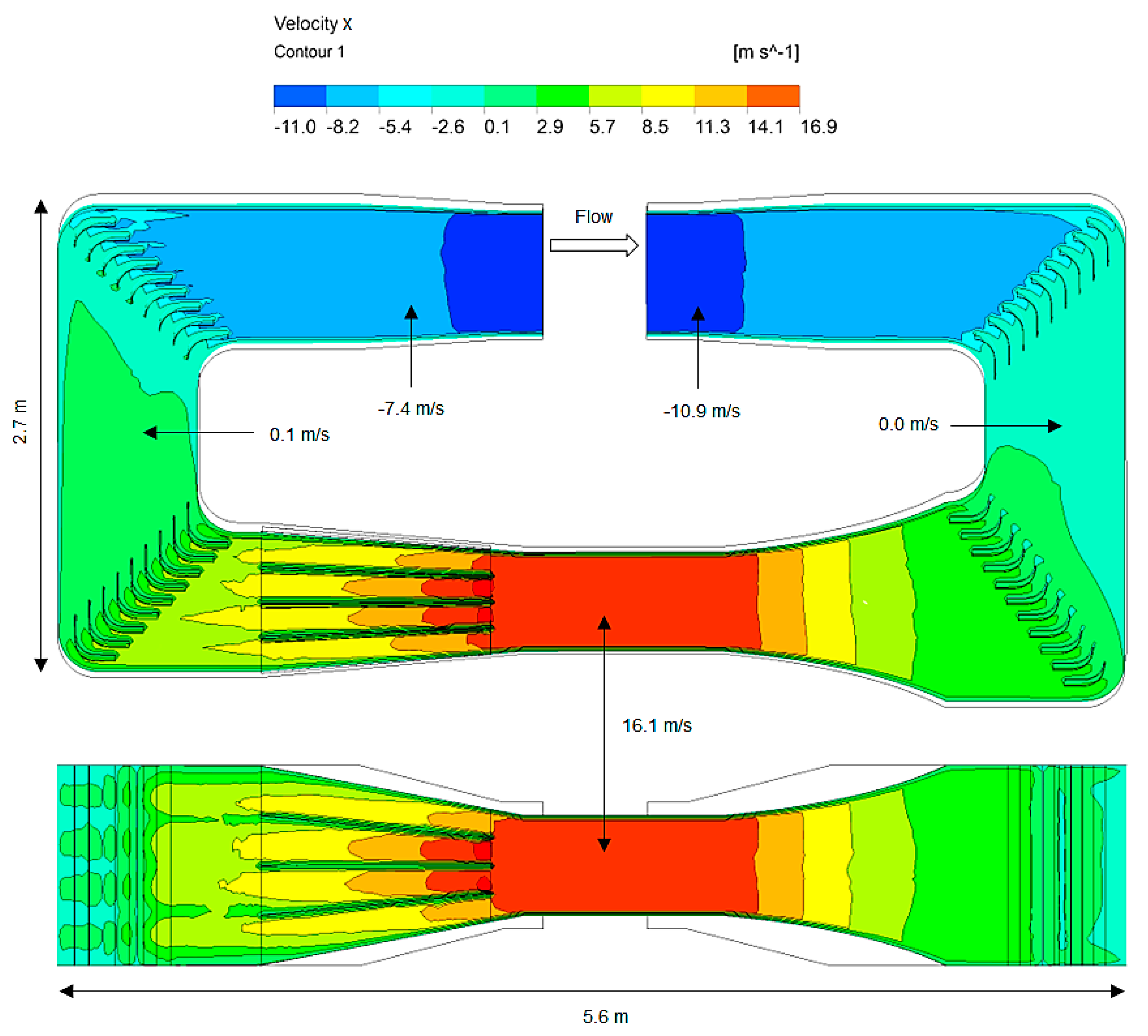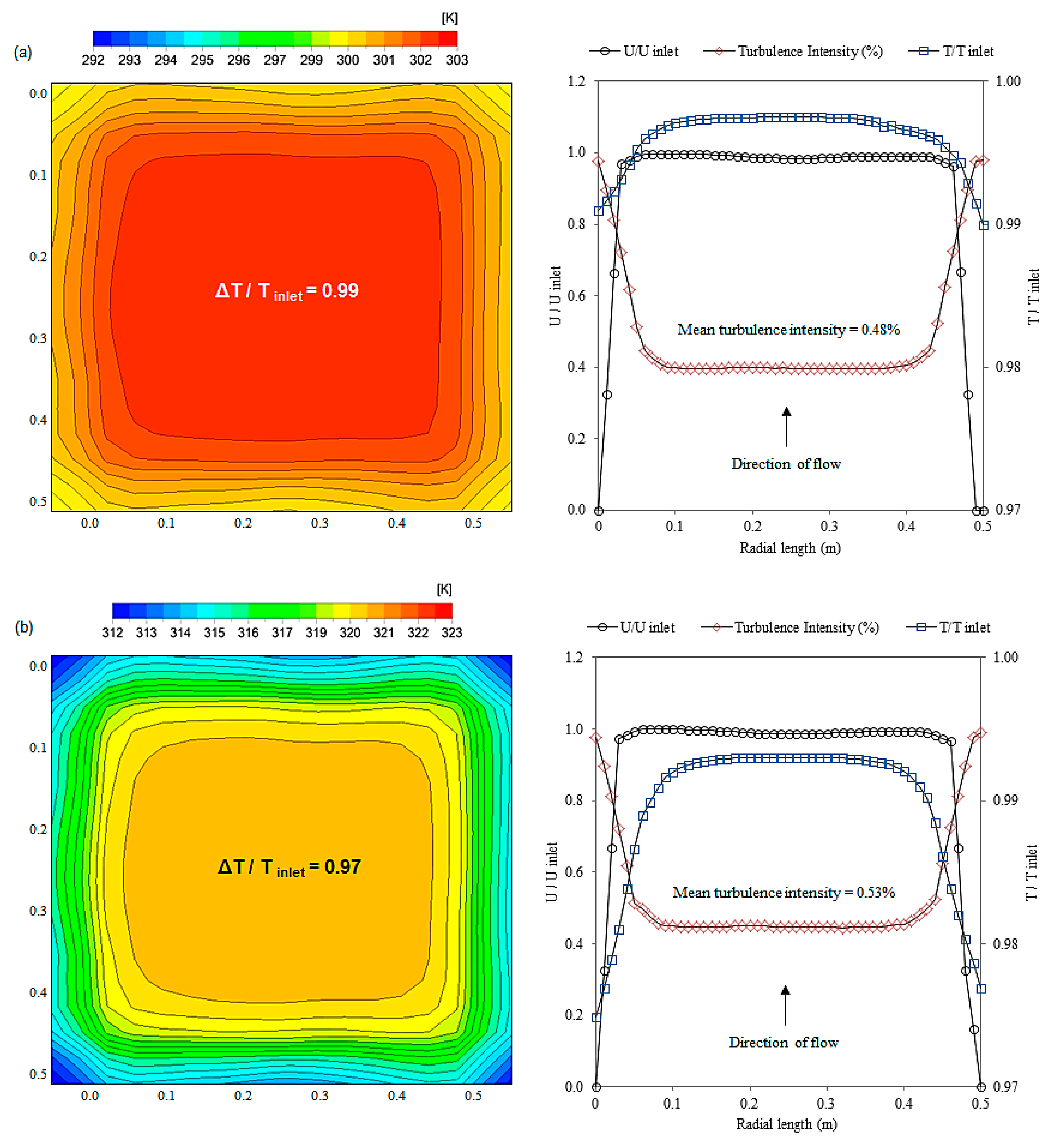Low Speed Wind Tunnel Testing Barlow Pdf Creator
Based on some encounters of many people, it is in reality that reading this Low-Speed Wind Tunnel. Testing By Barlow / Rae / Pope can help them making far better option as well as offer more encounter. If you wish to be one of them, let's purchase this publication Low-Speed Wind Tunnel Testing By Barlow /. Low-Speed Wind Tunnel Testing PDF Read by Jewel B. Barlow, William H. Rae, Alan Pope on PDF Free From the Publisher A revision of the standard book in.
Abstract Low speed wind tunnel testing has evolved over the last century and has become a cornerstone in the development of aviation vehicles. Study of the effects of aerodynamics and its influence are substantial in the design of aircrafts and much fluid effect based engineering machines.
The forces involved in the dynamic interactions of fluids and solids have only begun to be lifted, therefore the study of wind behavior is necessary to design large Airplanes. This paper provides an overview of the design parameters of a low speed wind tunnel and then the study of coefficient of lift (CL) and coefficient of drag (CD) for different length to diameter (L/D) ratios of a NACA 4412 aerofoil section shaped as per the NACA standards of Aerofoil design. Evocam 3 7 5 Keygen Mackeeper. It was observed through flow visualization test that flow remained unseparated throughout the test section for 70% of its characteristic dimension i.e. The breadth or height of the test section in this case. A conditioning circuit was also developed in order to record the (CL) and (CD) values which gave smooth output data values. The LM324 IC was used for noise and temperature output for good stability for dynamic data.

Introduction Low speed wind tunnel testing has evolved over the last century and has become a cornerstone in the development of aviation vehicles. Late in the 1970’s, multiple groups of experts predicted that the need for aerodynamic experiments, particularly in the subsonic region of airflow, would rapidly disappear as computational fluid dynamics (CFD) would take over. Though the multiple formidable improvements in CFD prevail today and computer power continues to evolve, our mathematical models are still far for being a perfect analysis of an aircraft. The shapes of airplanes are determined by considerations of aerodynamics with varying degrees of attention to performance, agility, stealth, procurement cost, operational cost, time to delivery and other aspect the customer may require for intended missions. Descargar Minecraft Para Celular Java Touch 240x320 there. A primary tool of experimental aerodynamics is the wind tunnel. The productive and proper use of experimental investigations in general wind tunnels in particular requires applications of aerodynamic theory and computational methods in the planning off facilities, planning of experiments and the interpretation of resulting data. The fundamental principles from which the equations used to model “low-speed” aerodynamic flows are derived and are only three in number.

These are (1) Mass is conserved, (2) force and motion are related by Newton’s second law, and (3) energy exchanges are governed by First Law of Thermodynamics. In addition to these three principles, certain fluid properties and their variations with pressure and temperature must be described mathematically with sufficient accuracy for each application. The objective of this paper is to study the aerodynamic aspects of designing a subsonic Wind Tunnel and to study the existing aerofoil design to understand what parameters affect the lift and drag coefficients. The available literatures that deal with the design of wind tunnel or those components are illustrated firstly. Bradshaw and Mehta, 1979, presented design guide lines for the main components of a wind tunnel, the fan, wide angle diffuser, settling chamber, contraction, screens, honey combs and exit diffuser for small low speed wind tunnels. Harvest Moon Game For Pc Free Download on this page.
Milan Valajinac, 1970 summarized the design, construction and calibration of a subsonic wind tunnel. Raikan 2001, a subsonic wind tunnel design of closed circuit type for a range of Mach No. In the test section up to 0.7 has been carried out and a mathematical models describe the flow in each component of the wind tunnel are made. The comparisons between the results obtained from their design and the literature were done and they showed that a good agreement exist with these results. NACA 4412 aerofoil is used to study the parameters of design and flow parameters with reference to lift and drag. Colman 2010 investigated an airfoil, with and without the Gurney mini-flaps, immersed in a low Reynolds number turbulent flow. Lift and drag coefficients were calculated for the plain wing and for the wing with mini-flaps of 1%, 1.5%, 2% and 2.5% height of the chord and plotted as a function of the angle of attack.